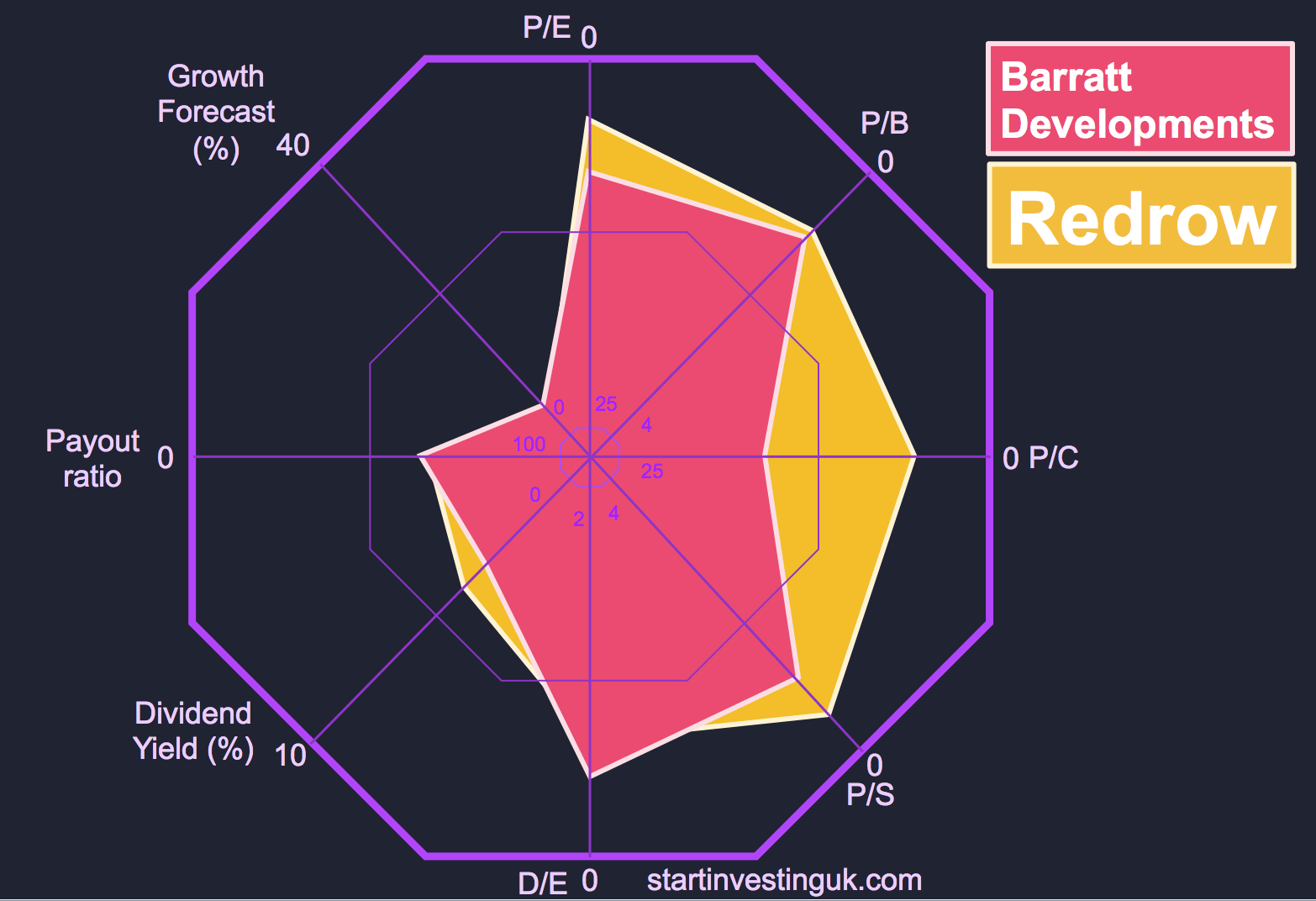Understanding Compound Interest
Hi investors,
Towards the end of last week, we received a great email from one of our Monthly Stock Pick subscribers, Sarah, asking us to explain how Compound Interest really works, and why we believe it is so important to appreciate when to comes to investing.
First, the definition. As always, we turn to our trusty copy of ' The Financial Times Guide to Investing; the definitive companion to investing and the financial markets ' for the technical description:
"Interest is paid on the sum which accumulates, whether or not that sum comes from principal or from interest received at intermediate dates."
In simple terms, compound interest relates to the reinvestment and growth of interest gained on the original investment i.e. 'interest on interest' .
As outlined in our very first blog post in August 2018, there are many ways of trying to describe this phenomenon, but we think that the easiest way is to show you.
How Compounding Works
Here we go. The only example you need to fully understand the wonders of compounding...
Say we have two individuals: 'Greedy Greg' and 'Smart Sarah' . Both have £1,000 that they would like to invest in the stock market in order to make some additional money.
Greedy Greg has a short-term investing mindset, and withdraws any profit he makes on his original £1,000 investment. The interest he ends up building is referred to as 'Simple Interest' .
Smart Sarah has a long-term investing mindset, and leaves all the money earned on the original £1,000 investment locked away for the future. The interest she ends up building is referred to as 'Compound Interest' .
Both investors invest their money on the same day into the same company/fund, which has an annual interest rate of 10% (i.e. the company or fund will pay them 10% each year on their investment).
After the first year, both Greedy Greg and Smart Sarah have made £100 each (10% of £1,000). At this point,
- Greedy Greg withdraws the £100 interest he's made and puts it towards some new trainers.
- Smart Sarah , on the other hand, leaves all her money in the market.
At the end of the second year, Greedy Greg has again made another £100. However, Smart Sarah has made £110 (10% of £1,100). I know what you're thinking: "Only an extra £10 doesn't sound like all that much". But this is where patience pays off for Smart Sarah.
Over the following 20 years, the difference between the two investors becomes ever greater, as you'll see from the table below:
| Year |
Greedy Greg's Investment |
Smart Sarah's Investment |
Difference Between the Two |
% Difference |
| 1 |
£1,100 |
£1,100 |
£0 |
0.0% |
| 2 |
£1,200 |
£1,210 |
£10 |
0.8% |
| 5 |
£1,500 |
£1,611 |
£111 |
7.4% |
| 10 |
£2,000 |
£2,594 |
£594 |
29.7% |
| 20 |
£3,000 |
£6,727 |
£3,727 |
124.2% |
Incredibly, Smart Sarah's investment is now worth more than double (2.2x in fact) that of Greedy Greg's!
If you want to test these numbers for yourself, there are plenty of free Compound Interest Calculators available online which will help solidify the importance of this phenomenon:
https://www.thecalculatorsite.com/finance/calculators/compoundinterestcalculator.php
https://financialmentor.com/calculator/compound-interest-calculator
http://www.online-calculators.co.uk/interest/compoundinterest.php
<!-- /* Font Definitions */ @font-face {font-family:"Cambria Math"; panose-1:2 4 5 3 5 4 6 3 2 4; mso-font-charset:1; mso-generic-font-family:roman; mso-font-format:other; mso-font-pitch:variable; mso-font-signature:0 0 0 0 0 0;} @font-face {font-family:Calibri; panose-1:2 15 5 2 2 2 4 3 2 4; mso-font-charset:0; mso-generic-font-family:auto; mso-font-pitch:variable; mso-font-signature:3 0 0 0 1 0;} /* Style Definitions */ p.MsoNormal, li.MsoNormal, div.MsoNormal {mso-style-unhide:no; mso-style-qformat:yes; mso-style-parent:""; margin-top:0cm; margin-right:0cm; margin-bottom:10.0pt; margin-left:0cm; line-height:115%; mso-pagination:widow-orphan; font-size:11.0pt; font-family:Calibri; mso-ascii-font-family:Calibri; mso-ascii-theme-font:minor-latin; mso-fareast-font-family:Calibri; mso-fareast-theme-font:minor-latin; mso-hansi-font-family:Calibri; mso-hansi-theme-font:minor-latin; mso-bidi-font-family:"Times New Roman"; mso-bidi-theme-font:minor-bidi;} .MsoChpDefault {mso-style-type:export-only; mso-default-props:yes; font-size:11.0pt; mso-ansi-font-size:11.0pt; mso-bidi-font-size:11.0pt; font-family:Calibri; mso-ascii-font-family:Calibri; mso-ascii-theme-font:minor-latin; mso-fareast-font-family:Calibri; mso-fareast-theme-font:minor-latin; mso-hansi-font-family:Calibri; mso-hansi-theme-font:minor-latin; mso-bidi-font-family:"Times New Roman"; mso-bidi-theme-font:minor-bidi;} .MsoPapDefault {mso-style-type:export-only; margin-bottom:10.0pt; line-height:115%;} @page WordSection1 {size:612.0pt 792.0pt; margin:72.0pt 90.0pt 72.0pt 90.0pt; mso-header-margin:36.0pt; mso-footer-margin:36.0pt; mso-paper-source:0;} div.WordSection1 {page:WordSection1;} --> Our Start Investing Stock Portfolio and Compound Interest
As Albert Einstein once said:
" Compound interest is the eighth wonder of the world. He who understands it, earns it... He who doesn't,
pays it."
When we invest our hard-earned cash into our Start Investing Stock Portfolio , we leave our money to compound.
To find out when we do end up selling our positions in companies, check out Joe's blog post from February 2019, ' When to Sell a Stock '.
We're due to announce our April monthly stock pick on Monday 1st April 2019. To find out which dividend-paying company we'll be investing in, subscribe now for free.
Happy investing!
Matt












